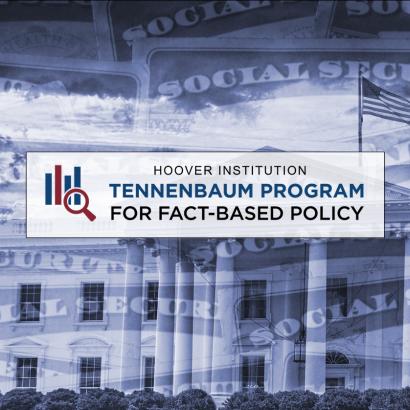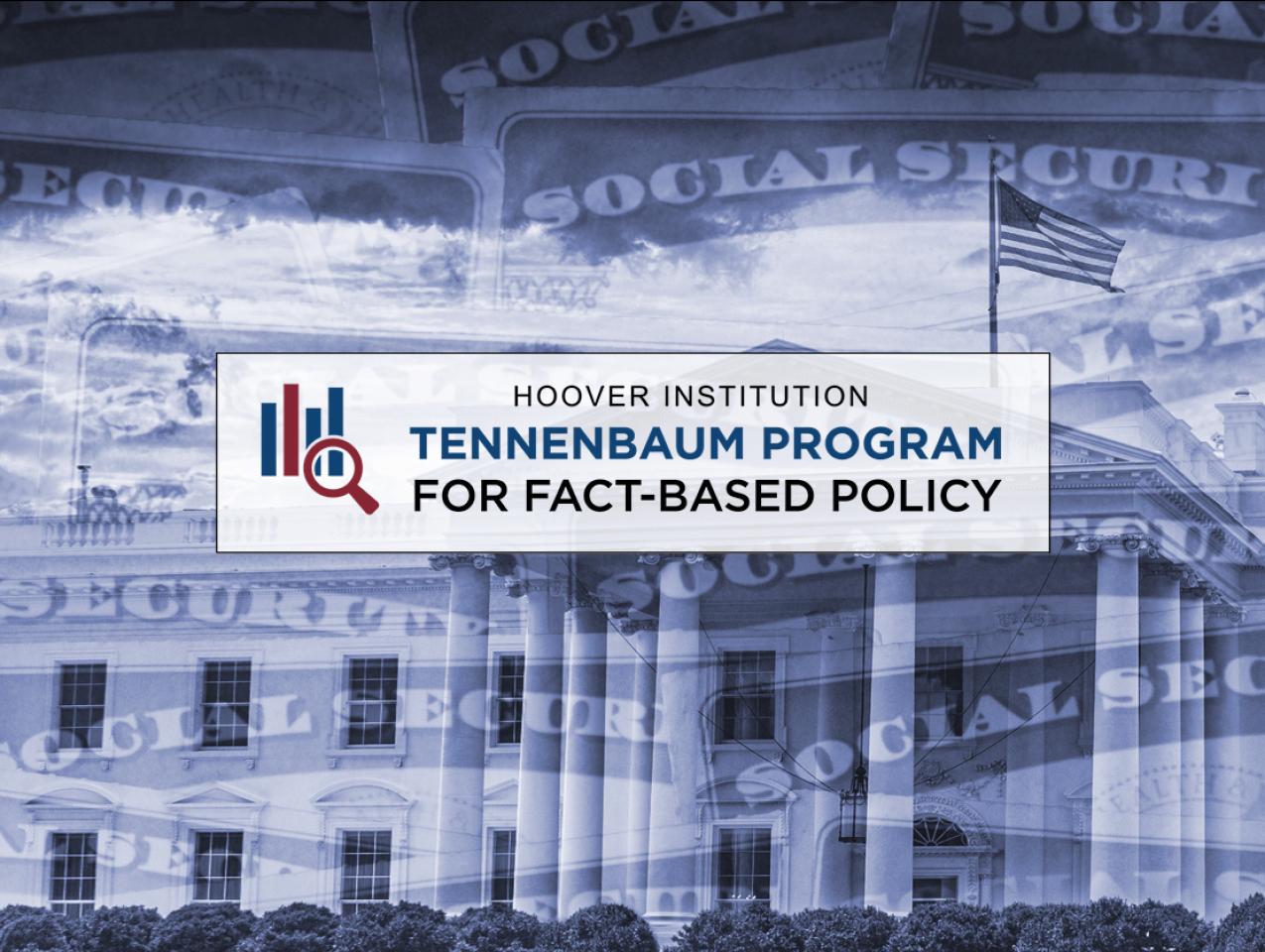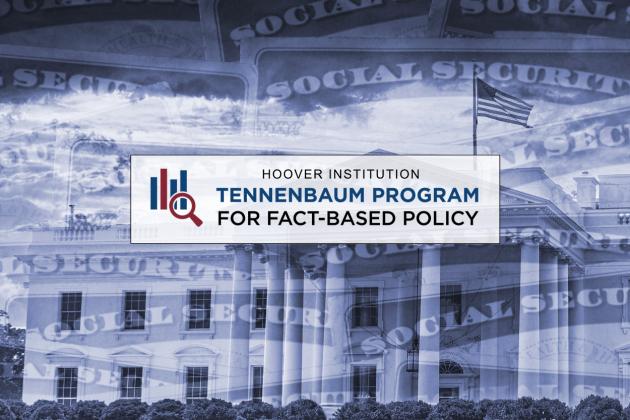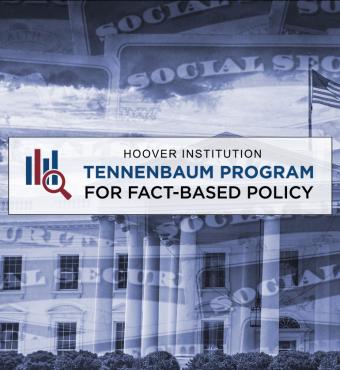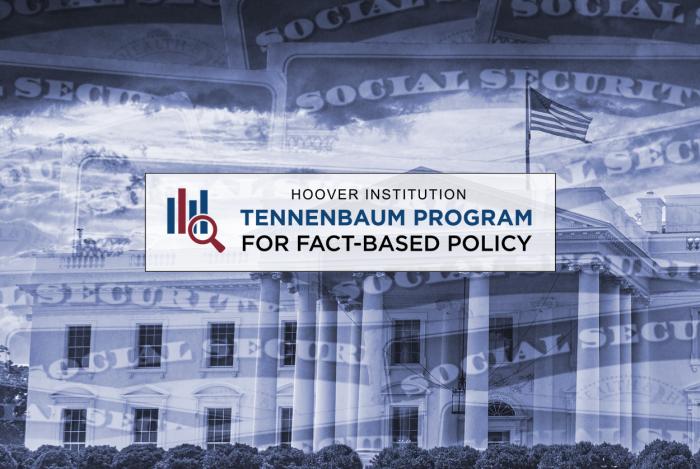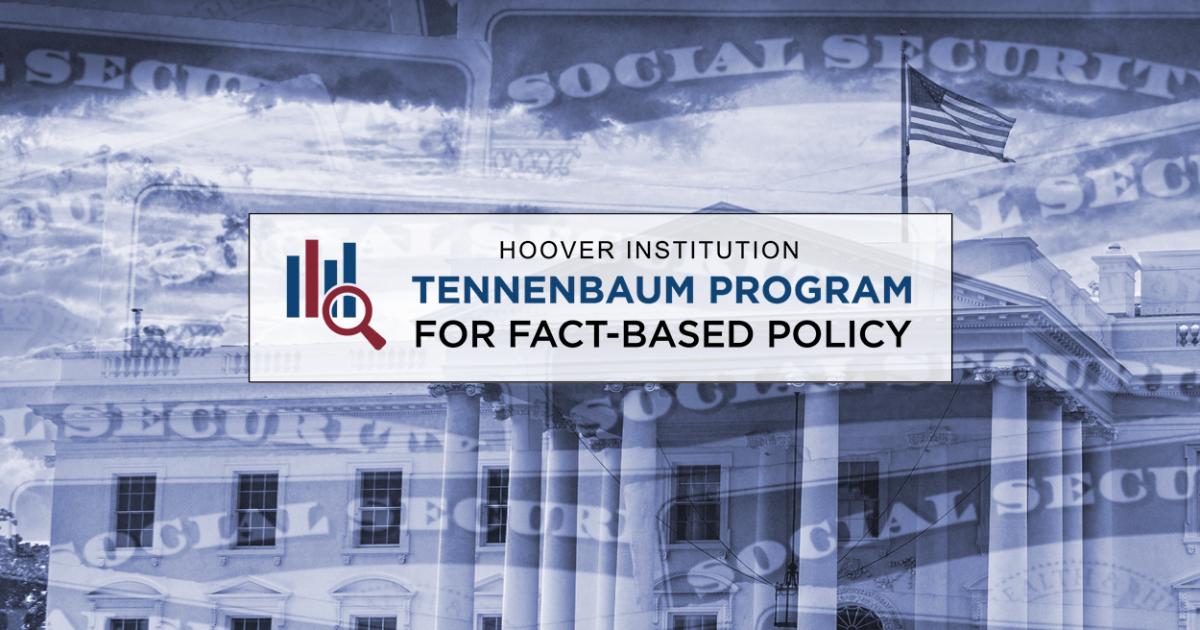- Economics
- Budget & Spending
- Answering Challenges to Advanced Economies
The Social Security Trustees estimate that the combined Old-Age, Survivors, and Disability Insurance (OASDI) trust funds will go bankrupt in 2033. In order to prevent dramatic payroll tax increases on the working class or a flat 23 percent benefit cuts for all retirees, changes to the program need to occur soon.
Fact: Workers’ payroll taxes are spent right away on today’s retirees, and the money received each year is now less than the required benefits paid to retirees.
Fact: Social Security uses a formula that can give you more or less than your total taxes paid, depending on your lifetime earnings and when you claim your benefits. All but the highest earners—people earning over one and a half times the average earner—receive more in Social Security benefits than they paid in payroll taxes, as long as they reach their full retirement age and live long enough to collect their benefits.
Fact: The trust funds are an accounting reserve that will run out in 2033. When the trust funds run out, it will mean that every dollar of Social Security payroll tax revenue plus interest the government credited to itself will have been paid out to Social Security recipients. After that, benefits must be cut for every single existing retiree by the percentage of the shortfall (~23%) unless the law changes or the shortfall is closed.
Fact: Even if the trust funds were allowed to go bankrupt and no changes were made to the program, all retirees would still get a majority of their benefits. Existing tax revenue is projected to cover around three-quarters of all promised benefits.
Fact: Historically, the government has never kept its surplus funds in a savings account as a household might. Instead, any surplus payroll tax revenue that wasn’t immediately needed for Social Security recipients was lent to the government. In exchange, the government credited the Social Security trust funds with the surplus and paid interest on the balance. Today, however, payroll taxes aren’t enough to cover benefits, so Social Security is drawing down its funds’ balances.
Fact: Social Security also pays disabled workers, surviving spouses, and children of deceased or disabled workers. The combined trust funds are often referred to as OASDI, which stands for Old-Age, Survivors, and Disability Insurance.
Fact: To qualify, all recipients—including those who are legal immigrants—must work and pay payroll taxes for at least 10 years (a total of 40 quarters).
Fact: Lifting the cap would close most of the shortfall, but not all of it. If the new, higher taxes paid were not counted toward that individual’s future benefit payment formula, they would close 73 percent of the long-run shortfall. If they were credited for future benefits, they would close 53 percent of the long-run shortfall.








